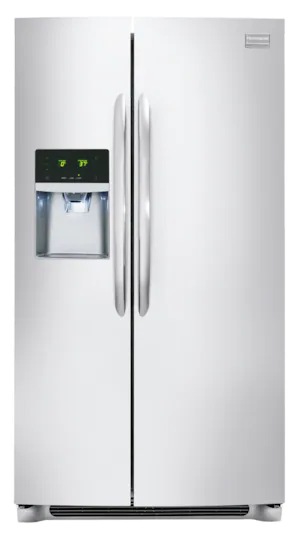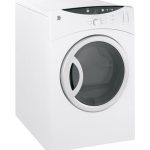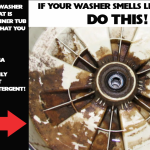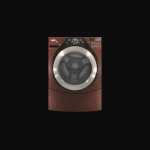Troubleshooting a Refrigerator Not Cooling Properly

When you have a refrigerator not cooling properly it becomes very costly from food lost, so let’s go over some troubleshooting steps you can do when you have a refrigerator not cooling. First you need to understand how a refrigerator works.
Understanding How a Refrigerator Works
A refrigerator operates on a simple principle: it removes heat from the interior and releases it outside, thus cooling the inside. This process is facilitated by the refrigerator’s main components: the compressor, condenser coils, expansion valve, and evaporator coils.
The compressor, often referred to as the heart of the refriger ator, pumps refrigerant gas from the evaporator coils to the condenser coils. In the condenser coils, located at the back or bottom of the refrigerator, the gas is compressed and becomes hot. As the gas cools down, it transforms into a high-pressure liquid.
The high-pressure liquid refrigerant then passes through the expansion valve, where it experiences a pressure drop and turns into a low-pressure liquid. This liquid enters the evaporator coils inside the refrigerator. As the liquid evaporates, it absorbs heat from the refrigerator’s interior, thereby cooling it. The gas then returns to the compressor, and the cycle repeats.
Reasons Why Your Refrigerator Might Not Be Cooling
- Faulty Thermostat: The thermostat controls the temperature inside the refrigerator. If it’s faulty, it may not signal the compressor to start, resulting in the refrigerator not cooling.
- Dirty Condenser Coils: Over time, dust and dirt can accumulate on the condenser coils, reducing their efficiency in dissipating heat. This can lead to the refrigerator not cooling properly.
- Blocked Vents: If the vents inside the refrigerator are blocked by food items, it can restrict airflow, causing the refrigerator to not cool effectively.
- Faulty Door Seals: If the refrigerator door seals are damaged, warm air can enter the refrigerator, making it harder for the appliance to maintain the desired temperature.
- Insufficient Refrigerant: If there’s a leak or the refrigerator is low on refrigerant, it can’t absorb enough heat to cool the interior.
Troubleshooting Tips
- Check the Thermostat: Ensure that the thermostat is set to the correct temperature. If it’s set correctly but the refrigerator is still not cooling, the thermostat might need to be replaced.
- Clean the Condenser Coils: Regularly cleaning the condenser coils can significantly improve the refrigerator’s cooling efficiency. Use a coil brush or a vacuum to remove dust and dirt.
- Unblock the Vents: Make sure the vents inside the refrigerator are not blocked by food items. Rearrange items if necessary to allow for proper airflow.
- Inspect the Door Seals: Check the refrigerator door seals for any signs of damage. If they’re worn out, consider replacing them to ensure a good seal.
- Ask a Professional: If you’ve tried the above steps and your refrigerator is still not cooling, it’s time to talk to a professional. Ask for help in our Refrigerator Repair Questions Forum and a qualified refrigeration specialist will try and give you more specific information as to your model refrigerator.
- Order Replacement Parts: Once you figure out what’s causing your refrigerator to not cool properly you will likely need to order parts to fix it. You can order any part you need to fix your refrigerator over at PrismParts.com.











